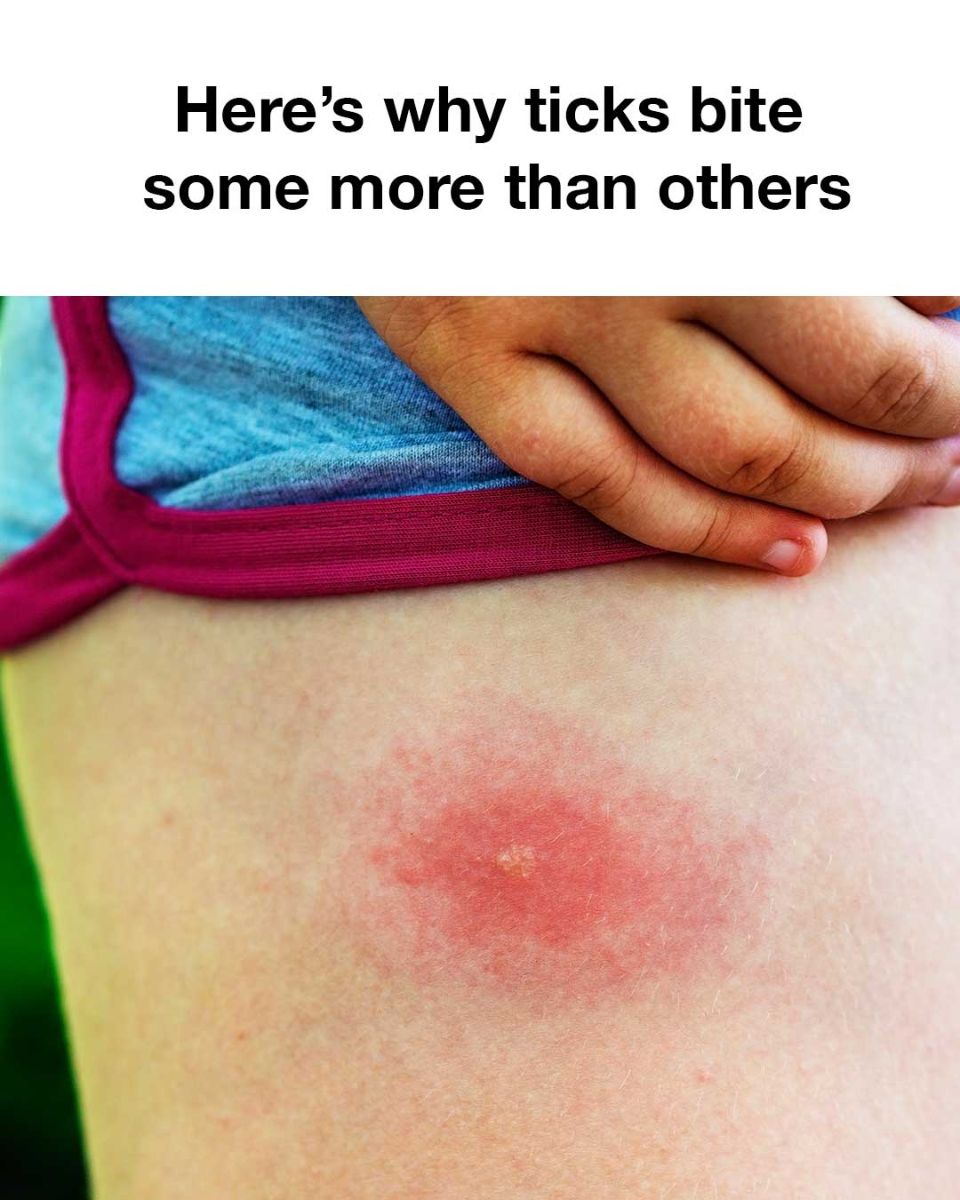- Body Chemistry: Certain individuals naturally produce chemical compounds in their sweat that act as irresistible beacons for ticks. Lactic acid, ammonia, and other volatile substances can make some people particularly appealing to these parasites.
- Skin Microbiome: The unique ecosystem of bacteria residing on your skin plays a surprising role in tick attraction. Specific combinations of skin flora can emit odors that are highly enticing to ticks.
- Carbon Dioxide Emissions: As we exhale, we release carbon dioxide, a gas that ticks find alluring. Individuals with higher metabolic rates, such as those who are physically active or of larger stature, may generate more carbon dioxide, thereby increasing their attractiveness to ticks.
- Blood Type: While research is still in its early stages, some studies suggest a possible link between blood type and tick attraction. Individuals with Type O blood may be more likely to experience tick bites compared to those with other blood types.
- Clothing and Movement: The type of clothing you wear and your physical activity level can influence your chances of encountering ticks. Loose-fitting garments that provide ticks with easy access to your skin increase the risk of attachment. Additionally, certain colors and fabrics may attract or repel these pests.
- Environmental Factors: The environment plays a crucial role in tick exposure. Spending time in wooded or grassy areas, especially during peak tick activity periods, significantly increases your risk of encountering ticks.
By understanding these factors, you can implement effective tick prevention measures tailored to your specific circumstances. Protecting yourself from tick bites not only safeguards your health but also allows you to fully enjoy the wonders of the outdoors.
👇 To continue reading, scroll down and click Next 👇
ADVERTISEMENT

